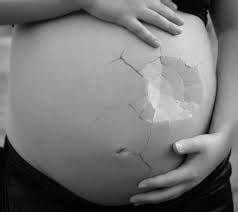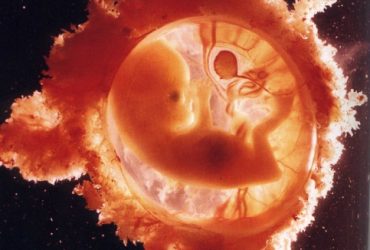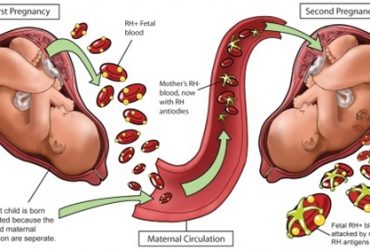Miscarriage Risk
Definition and Prevalence
First of all, the medical definition of miscarriage is slightly different from what the common person would think. Science calls a miscarriage any pregnancy growing within the womb cavity suffering from bleeding or contractions before 20-24 weeks (about 5½ months).
This means that many of the cases we call miscarriage may still recover and continue pregnancy.
Miscarriage is seen in one every 6 to 8 pregnancies (12-15%), but most cases are in the stage we call “threatened miscarriage” so most of them can recover in about 75% of cases.

It is worth noting here that most miscarriages do not recur, thus the incidence of “recurrent miscarriage (3 or more successive pregnancy losses)” is much lower at about 2-3% of pregnant ladies.
Women at higher risk of miscarriage
Some women run a higher risk of miscarriage than others. The lady’s age is an important risk factor, especially when older than 35 years. This is because this age has an important impact on the integrity of the genetic elements in the cells of the baby, and since abnormal genetics are the most common cause of pregnancy loss.
Other important risk factors include morbid obesity, high order pregnancies, previous miscarriages, poverty, and poor education.
Obviously, bad or harmful health habits may all have an impact on the risk of miscarriage, namely smoking (including passive smoking related to chronic mixing with people who smoke at home or work). Any forms of addiction may increase your risk of miscarriage at different rates depending on the danger of the addicted substance (starting from simple sugar to caffeine to alcohol and recreation drugs).
Most important causes of miscarriage
The most important cause of a single miscarriage is a genetic error in the baby. This happens when conception happens with one abnormal egg or sperm among the millions of normal sperms and eggs present in the body. It is then considered to be a mercy that most of such pregnancies miscarry, leaving a chance for a future normal pregnancy. Some rare cases are due to inherited genetic problems
within the family, which would then carry a higher rate of recurrence, but most cases of genetic defects are random errors in a one-off egg or sperm.
The cause may also be an infection which affected the baby’s health and development. Several microbes may be the cause such as German Measles (Rubella) or Chicken Pox (Varicella) virus. The chronic inflammation of the neck of the womb (cervicitis) may cause the baby’s waters to break (rupture of membranes) which is a high risk factor for late pregnancy miscarriage or preterm labor.
Miscarriage may be caused by anatomical defects within the uterine cavity, which may be due to a congenital anomaly, adhesions within the cavity, or fibroids (common benign tumors which may grow within the cavity of the womb).
The cause may be some weakness in the neck of the womb, leading to its inefficiency in holding the growing fetus. This may be a congenital weakness or may follow surgery on this area for whatever reason.

Maternal general health is sometimes the cause behind miscarriages, similar to what we see among women with diabetes mellitus, immune diseases or in cases with high blood clotting tendency (Thrombophilia). The later will impede the blood supply to the placenta and may also cause fetal growth retardation.
Finally, miscarriage may often happen for no clear reason or may follow a severe and acute health problem such as severe fever or a chronic health condition such as chronic renal problems.
My Best wishes











